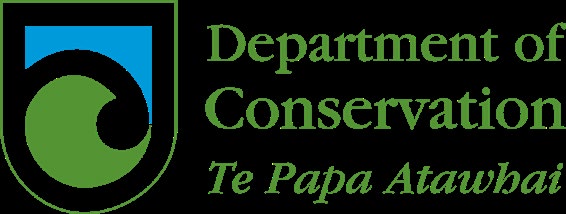
File Ref: OIA 18-E-1033 / DOCCM-5647676
18 January 2019
Bridget Percy
[FYI request #9207 email]>
Tena koe Bridget
Thank you for your Official Information Act request to the Department of
Conservation, dated 16 November 2018.
Your questions and our responses are below.
Thank you for your responses to my previous OIAs. With reference my kaka OIA
please answer the following questions:
1.
Please explain where your estimate of 150+ kaka came from.
Pukaha Rangers have estimated the population.
2.
When will the next kaka census take place?
There are no plans to undertake a full Kākā census.
3.
Why are kaka at Pukaha no longer monitored?
When Kākā were first released into the Reserve they were monitored closely
for a number of reasons;
• to monitor the effectiveness of the reintroduction techniques used,
• to monitor breeding success once breeding pairs were established, and
• to ensure predator control methods were effectively protecting the
founding population and their offspring.
As the population of wild Kāka at Pūkaha is now well-established intensive
monitoring and protection of individual birds is no longer necessary.
…/2
Department of Conservation Te Papa Atawhai
Lower North Island Regional Office
Private Bag 11010, Palmerston North 4442
www.doc.govt.nz
-2-
4.
If kaka have an average clutch of 4 chicks why is the strategic goal of just 15
extra (10%) kaka by 2021 so low?
The Pukaha Board has set strategic high- level goals around key bird species.
This is their goal for Kākā, bearing in mind that a number of birds will leave
the Reserve as a result of natural dispersal.
5.
Aerial 1080 was dropped over the Pukaha Forest in 2014, 2015, 2016 &
again in October this year. Have any dead kaka been found in the Pukaha
Forest since 2014 and if so were they tested for poison residues?
One Kākā was found to have died after interfering with a trap in 2017. The
bird was not tested for residues as the cause of death was obvious.
With regard to kiwi numbers please answer the following questions:
6.
Thank for the table of translocated birds - please can I have this again but
this time including the 3 kiwi brought into Pukaha this year.
The table provided is accurate. No Kiwi were translocated in 2018 however
three captive birds were transferred from other captive holders, to be held in
captivity.
For clarity, a translocation refers to birds that are moved from one wild
population to another. The response to your question did not take into
consideration the transfer of captive birds.
Captive Kiwi are managed as a national population and moved between
captive facilities like Pukaha. In the last ten years a total of four captive birds
have been transferred to Pukaha.
7.
In June this year there were 13 monitored kiwi and 3 unmonitored kiwi in
the Pukaha Forest yet in your OIA response on the 27th November 2018 you
indicated there were 7 monitored and 20 unmonitored kiwi currently in the
Pukaha Forest:
a) Have 6 monitored kiwi lost their tags since June or are they dead?
The Department has not provided the information you’ve quoted for
June 2018. The information provided in November is correct. As stated
previously, the number of unmonitored birds is approximate.
b) Please explain your figure of 20 unmonitored kiwi when only 3
unmonitored kiwi were found in the 2018 kiwi call count.
The call count conducted in 2018 found approximately 20 Kiwi. It’s
important to note that Kiwi do not begin calling until they reach maturity,
at approximately three years of age.
…/3

-3-
Due to the steep and dangerous terrain in parts of the reserve the Kiwi
call count does not cover the entire reserve.
The Kiwi call count is not intended as a comprehensive Kiwi census. It is
intended to establish a general sense of population movement and
location of Kiwi territories.
8.
In answer to question 8 of my previous OIA you stated that the Pukaha
Mount Bruce Board has a strategic goal of achieving a 65% survival rate of
monitored kiwi chicks for six months past release by 2035 (17 years away).
Bearing in mind how many adult kiwi have been killed at Pukaha in the past
15 years please explain why this strategic goal only refers to chicks up to
6 months after release and doesn't mention total adult kiwi numbers.
The primary threat to adult Kiwi at Pukaha is ferrets.
The Pukaha Board is continuing to build on their understanding of ferrets in
the Pukaha landscape and developing innovative ways to control them.
The ultimate goal is to prevent 100% of adult kiwi deaths.
9.
With just two kiwi breeding this season and their young still being released
back into the Pukaha Forest is there a risk of genetic deformities with such a
small gene pool (assuming the chicks survive to breeding age)?
Unmonitored birds are also likely to be breeding and any surviving chicks will
add to the population and gene pool.
Pukaha are seeking technical advice on this subject.
If you would like to discuss this information further, please contact Wairarapa
District Operations Manager Kathy Houkamau
[email address]
027 839 4626.
Naku noa, na
Reg Kemper
Director Operations, Lower North Island
0272 4856 860 |
[email address]

